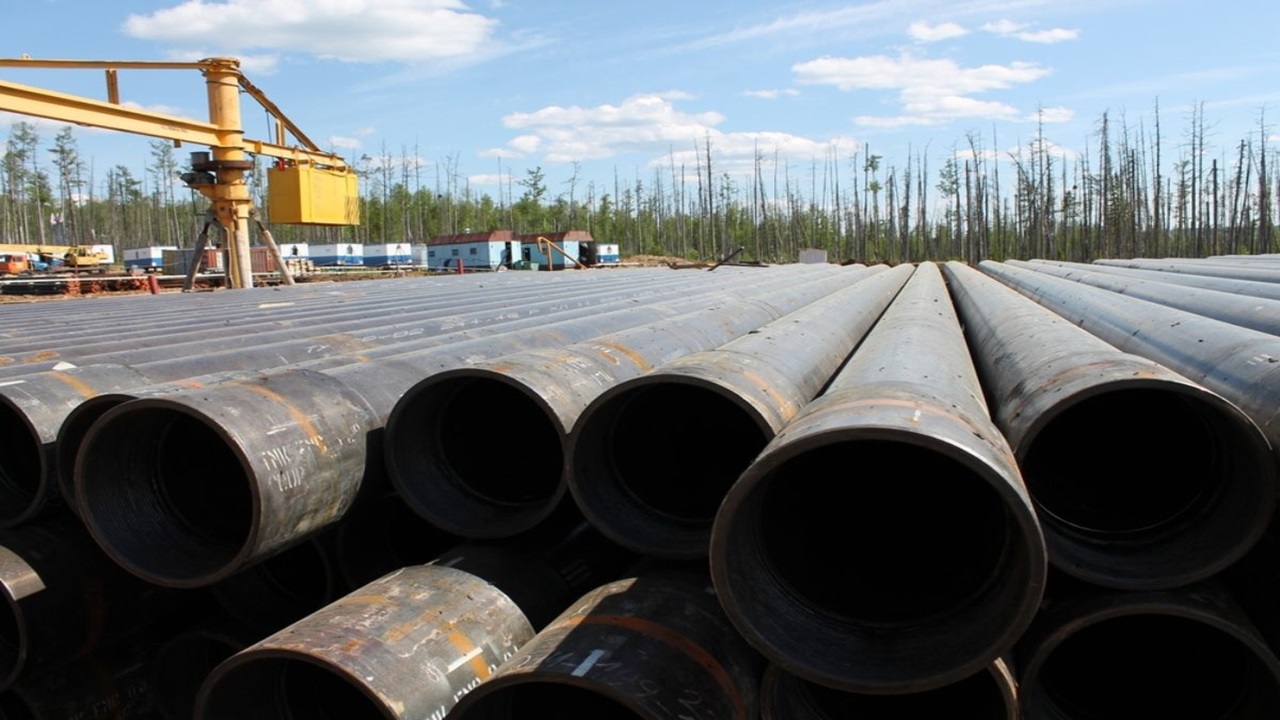Sapphire likes to share technology,business knowledge and her daily life to blog. She has been working in the field of information technology for many years. She is experienced in system analysis, software development and project management.

In contemporary construction, cost, and durability are the key factors that define effective construction. Hollow Structural Sections (HSS) steel tubes have gained popularity in many structural applications due to their strength. However, understanding how HSS steel tube weight factors into a project is essential for maximizing these benefits. This guide from Tuspipe breaks down how to use weight factors effectively to optimize structural projects, ensuring both safety and cost-efficiency. Check out https://www.tuspipe.com/ for the high-quality and latest HSS Steel Tubes.
What Are HSS Steel Tubes?
Hollow Structural Sections (HSS) are hollow cross-sectional shapes made primarily of metal and appear square, rectangular, or even circular and are generally produced in these shapes suitable to applications in various building structures. Their shape brings with them unique, very high strength-to-weight factors of the elements, which allows significant benefits when used projects of architectural and structural development. HSS tubes have good applications in load-bearing structures, and support frames, among others where strength is in equilibrium with weight. Durable structures are produced through HSS steel tubes’ flexibility, making architectures and engineers achieve lightweight and efficient structures at minimal cost.
Why Weight Factor Matters in Structural Design
The weight factor of HSS steel tubes plays a pivotal role in structural projects. This factor affects various project elements, from load-bearing capacity to material costs. Here’s why it’s essential to consider:
Load Capacity
The weight factor determines how much load a structure can safely bear. Lighter materials help prevent overloading, while strong, hollow tubes allow a structure to withstand significant pressure without adding unnecessary bulk.
Material Efficiency
Using the right weight factor ensures optimal material use. Engineers and designers can avoid overusing steel by calculating the necessary strength-to-weight ratio, helping manage costs, and minimizing waste.
Ease of Installation
Structures with an optimized weight factor are easier to transport, handle, and install. Lighter sections can reduce labor time and make the construction process faster and more efficient.
Cost Control
Heavier materials increase costs, not just due to material quantity but also through additional transportation, labor, and support requirements. Using a suitable weight factor helps keep these costs under control. By carefully selecting the weight of HSS tubes, projects become more predictable, safer, and cost-effective.
Understanding HSS Steel Tube Weight Factor
The weight of HSS tubes depends on the thickness of the material used, the shape of the tube, and the length of the tube. All this information is then used by engineers. Here’s a breakdown of the elements that influence the HSS weight factor:
Wall Thickness
The thickness of an HSS tube’s walls is one of the primary determinants of weight. Thicker walls increase strength but also add weight. For structures that require high load-bearing capacity, thicker walls are chosen, while lighter walls are selected when flexibility and reduced weight are priorities.
Shape of the Tube
HSS tubes come in square, rectangular, and circular shapes, each with its weight characteristics. Circular tubes offer strength in multiple directions, making them ideal for columns. Rectangular and square tubes are commonly used in applications where specific directional strength is needed, as they offer high load capacity in designated planes.
Length and Dimension
The tube’s length and dimensions are also significant factors. Larger tubes offer more surface area for load distribution but increase the weight proportionally. Careful consideration of dimensions helps achieve the right balance for each project’s requirements.
Material Density
Although HSS steel tubes are primarily made of steel, specific alloys or treatments can affect material density, impacting the weight factor. High-density materials are used for applications needing maximum strength, while lighter materials are chosen for reduced weight without sacrificing durability.
Applications of HSS Steel Tubes in Structural Projects
Thanks to their optimal weight and strength balance, HSS steel tubes are used across various structural applications, including:
Building Frameworks
HSS tubes provide an ideal solution for building frameworks. Their lightweight nature simplifies construction and reduces the strain on foundational elements while still offering excellent load-bearing capacity.
Bridges and Walkways
Bridges, especially pedestrian bridges and walkways, benefit from HSS tubes. These structures require materials that can bear weight effectively without adding excessive load to the bridge supports.
Industrial Support Structures
In factories, warehouses, and industrial complexes, HSS tubes support heavy machinery and infrastructure without weighing down the structure, maintaining both safety and functionality.
Architectural Designs
Modern architectural designs often incorporate HSS steel tubes for their clean, minimalistic look. The tubes add strength and structure while complementing the aesthetic appeal of contemporary buildings.
Conclusion
HSS steel tubes are invaluable in construction and structural projects due to their balanced weight, versatility, and strength. By understanding the factors that affect HSS weight and calculating the right weight factor, structural projects can achieve greater efficiency, safety, and cost-effectiveness. Selecting an appropriate weight factor not only ensures the stability of the structure but also optimizes material usage and reduces unnecessary costs. For any structural project, choosing the right HSS steel tube with an optimized weight factor is key to building a strong, durable, and efficient framework. When the weight factor is calculated correctly, HSS tubes offer an effective solution that brings both strength and stability to any design.
